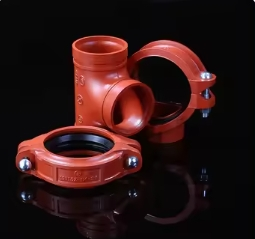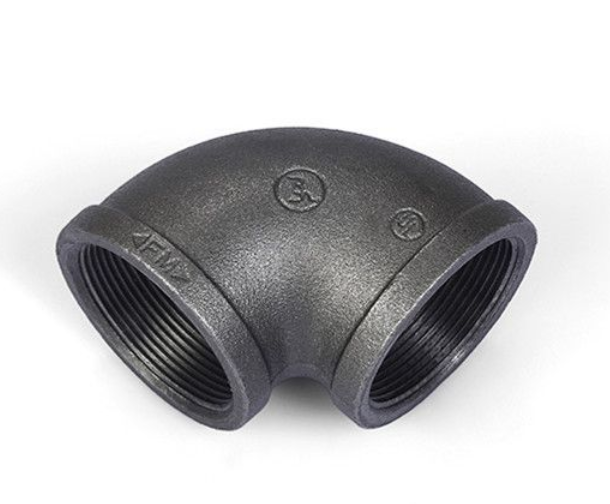Aug. 05, 2024
When it comes to piping systems, one of the most common questions is about the compatibility between BSPT (British Standard Pipe Taper) and NPT (National Pipe Taper) threads. Both are widely used in various industries, but they are only sometimes interchangeable. Let’s break down what you need to know to navigate these thread types effectively.

● Definition: BSPT stands for British Standard Pipe Taper. It is a type of thread used primarily in the UK and countries that follow British standards.
● Design: BSPT threads are tapered, meaning they become narrower as they extend. This tapering allows for a tight seal as the threads are screwed together, which is essential in preventing leaks.
● Usage: BSPT threads are commonly found in plumbing, gas, and hydraulic systems in industries that adhere to British standards.
● Definition: NPT stands for National Pipe Taper. It is a standard for tapered threads used primarily in the United States.
● Design: Like BSPT, NPT threads are also tapered. The tapering ensures a tight seal by increasing the contact surface area between the threads.
● Usage: NPT threads are widely used in various applications, including plumbing, gas, and hydraulic systems in the US and countries following American standards.
● BSPT: Has a 55-degree thread angle.
● NPT: Has a 60-degree thread angle.
● Impact: The difference in thread angle can affect how well the threads fit together and can lead to compatibility issues.
● BSPT: Typically has a different pitch (the distance between threads) compared to NPT.
● Impact: Even slight differences in pitch can make it challenging to achieve a proper seal when connecting BSPT and NPT threads.
● BSPT: Often requires a sealing compound or tape to ensure a leak-proof connection.
● NPT: Uses similar sealing techniques but might only sometimes fit well with BSPT threads due to pitch and angle differences.

BSPT and NPT threads are not directly interchangeable due to differences in thread angles and pitch. Attempting to connect these threads without proper adapters can lead to leaks or damage to the components.
Even if BSPT and NPT threads appear to connect, the different thread angles can cause issues with sealing. This can result in leaks, which can be hazardous in certain applications.
To bridge the gap between BSPT and NPT threads, you can use specially designed adapters. These adapters are made to convert one thread type to the other, ensuring a proper fit and seal.
When in doubt, it’s always a good idea to consult with a professional who can help you determine the best solution for your specific needs. They can recommend the right adapters and ensure that your piping system remains safe and efficient.
Standardizing your components to use either BSPT or NPT threads can help avoid compatibility issues altogether. This is particularly important for new installations or when replacing parts.
Understanding the compatibility between BSPT and NPT threads is crucial for maintaining the integrity of your piping systems. While both are tapered thread types designed for leak-proof connections, their differences in thread angle and pitch mean that they are not directly interchangeable. Using the right adapters and consulting with professionals can help you navigate these challenges effectively and ensure a reliable and safe piping system.
By staying informed and taking the necessary precautions, you can avoid common pitfalls and ensure that your systems function smoothly, no matter which thread types you are working with.
SAFER
PRODUCT INFO
ABOUT JIANZHI
TECH DATA
Contact Us
E-mail: sales1@jianzhi-fitting.com
Tel: +86 18698027872
Office In Tianjin:
Heping District, Tianjin, China.
Production Base 1:
Chifeng, Inner Mongolia, China.
Production Base 2:
Tangshan City, Hebei Province, China.
Production Base 3:
Schelei Street,Baicoi City,Prahova County,Romania
Service email: info.ro@jianzhi-fitting.com
Sales email: market.ro@jianzhi-fitting.com
Tel: +40(755)011 849
